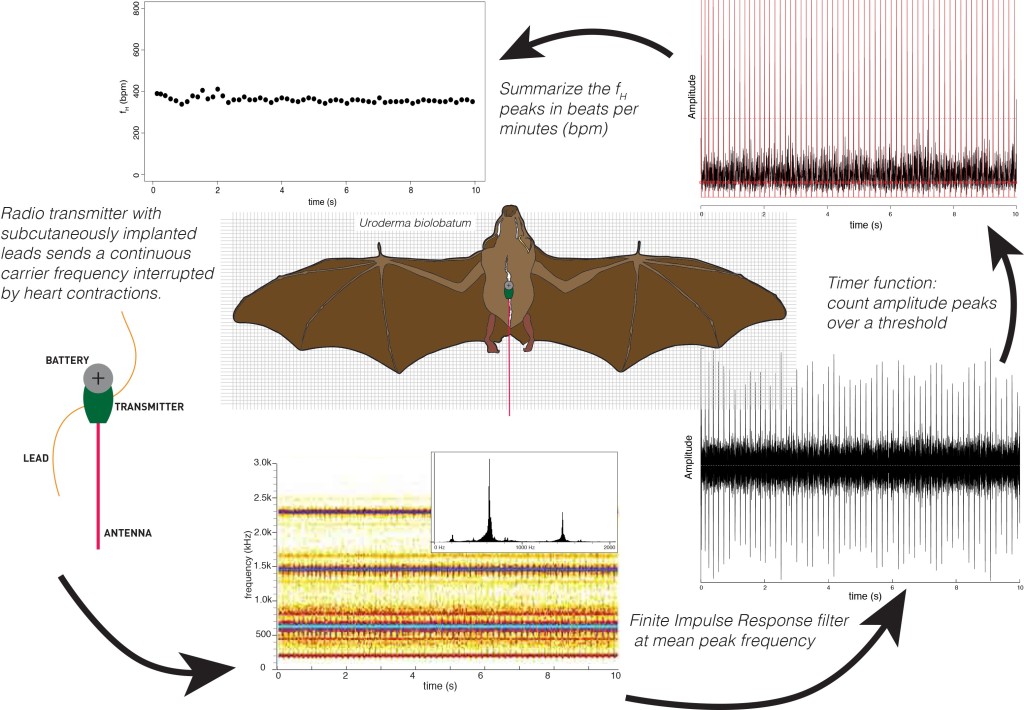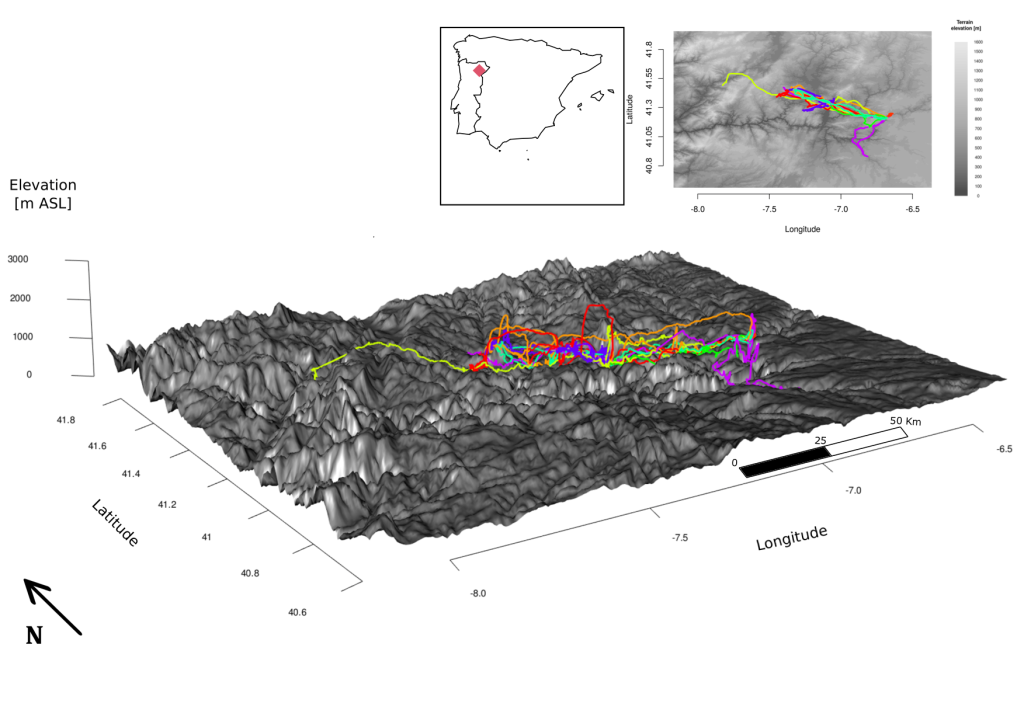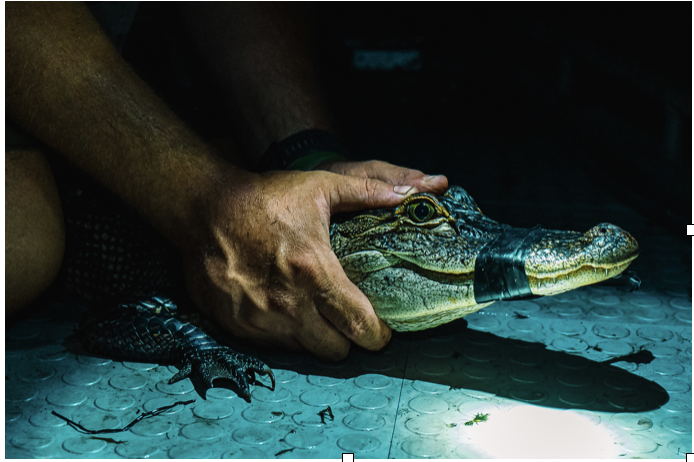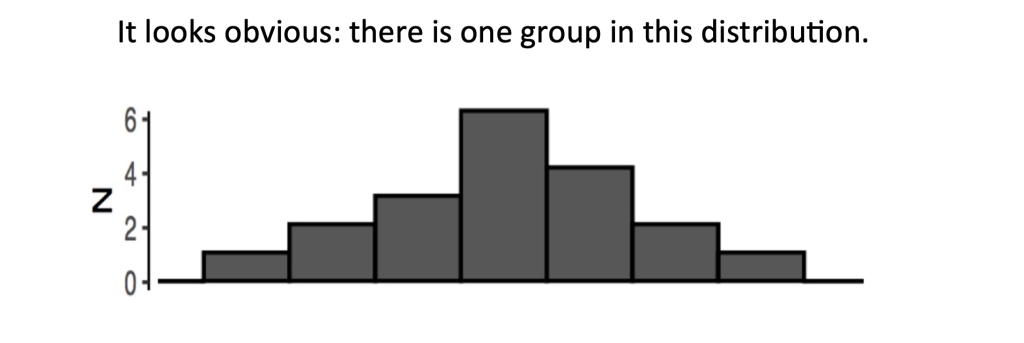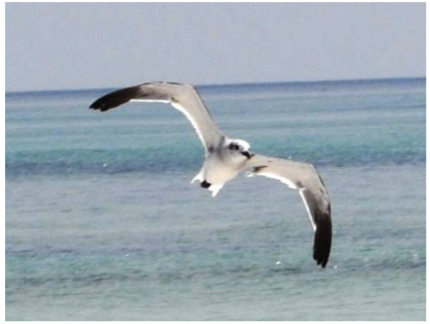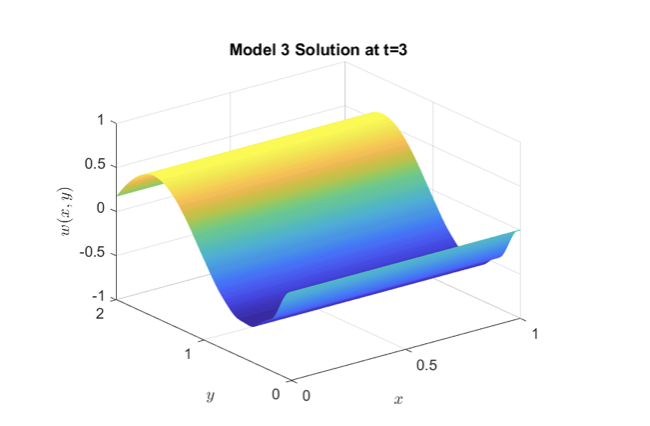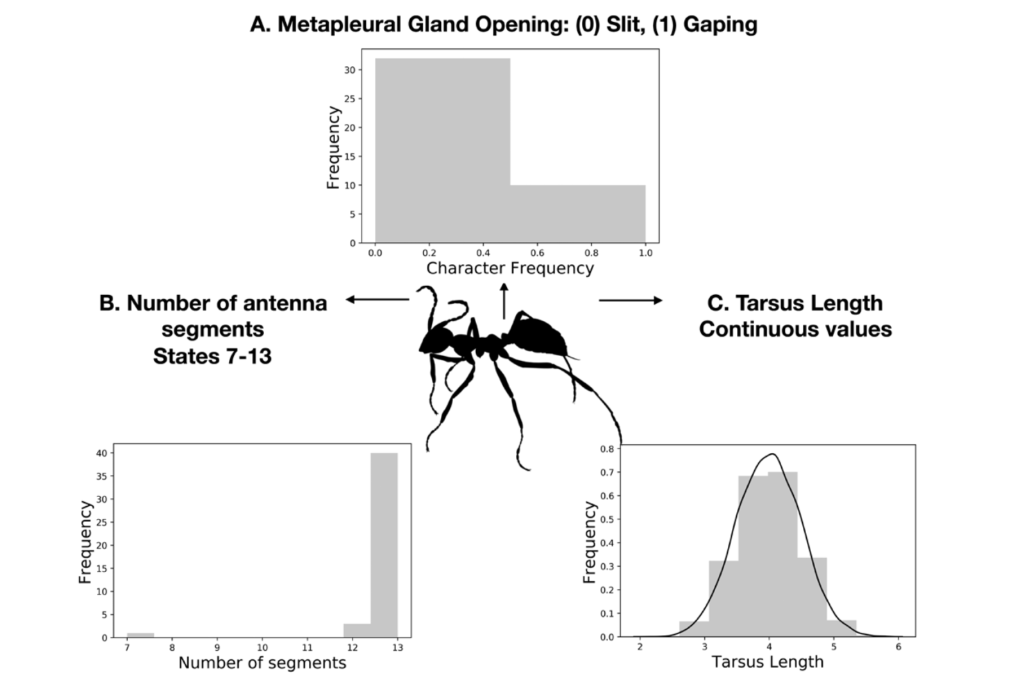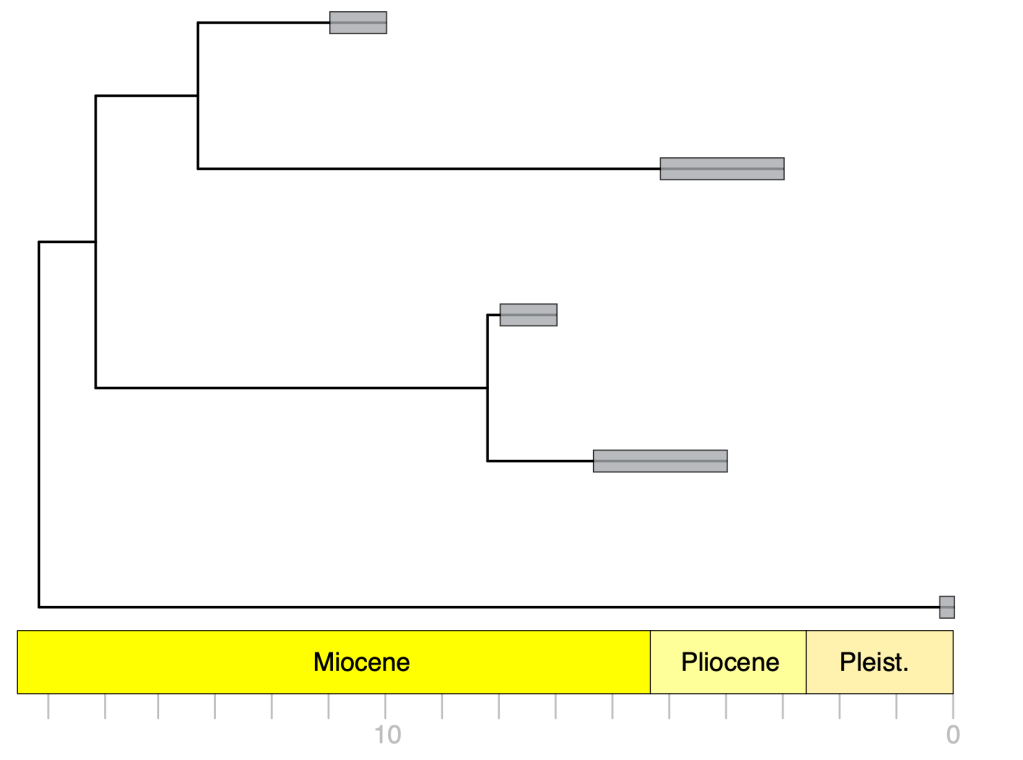I was recently awarded an NSF CAREER proposal. I’m still in some amount of shock, but I wanted to share a little bit about how I approached writing the proposal at a primarily undergraduate institution. Writing proposals at PUIs is always a little fraught. We don’t have as many person hours devoted to research. We may or may not have grad students. Equipment may be old. But we have the best resource there is: awesome students, and a desire to use our science to help them learn and grow.
This blog post is going to be about how I approached writing my CAREER proposal. Everything in here might now be generalizable to other types of projects. My work is not equipment-intensive. I don’t do field work. Therefore, the majority of my budget is going to personnel costs. You can view the proposal here. A few job postings will appear soon.
Here are the three things I think were critical to all this working.
1. Have an idea you’re excited about
It goes without saying that you probably need a good idea to start writing your proposal. But everyone who submits one has a good idea. I’ve been on panels. Most proposals are good. You need to write a proposal that others will be excited by – and that starts with you being excited about it. The tricky thing about the CAREER is that you’re going to be judged on the research and the teaching components. But that’s what we’re good at at PUIs!
I started my proposal by taking it to lunch. I read the solicitation in my office, then took my notebook and pen to Tacos and Beer (this was in the Before Times), and wrote an outline. What did I see as major research problems that I was suited to address, and I wanted to address? For me, this was the fact that, depending on what exact phylogenetic model you choose, you can get basically any tree you want for a dataset I have. How can we trust anything when the answer is so dependent on methods? How can we know we’ve chosen the correct methods? And so my research question became how to perform model fitting for hierarchical Bayesian models, and developing some tools to make these analyses more tractable for biologists who may not be computer wizards. There’s some research in there. Some software. My CV supports that I am very capable of this work.
I did the same thing for the education component. What are the big problems that I can address? I’m a computational evolutionary biologist, at an institution without PhD students. I need to train up undergrads, and fast! But how do we get more computation into the curriculum? What class we cut? Perhaps … nothing. Perhaps we integrate computation into existing courses via code-to-learn exercises. I do this in my classes, but a lot of faculty are skeptical. Will we need to cut content to do this? Designing an experiment to assess this is the core of my educational component. This cannot be business as usual: anyone who isn’t a straight white dude gets penalized by teaching evaluations, and that hurts tenure cases. Moreso when active learning and quantitative thinking are involved. To support this aim, in the broader impacts, we’re doing a faculty mentoring network where faculty can workshop code-to-learn biology modules, and upon completion, get a letter for promotion and tenure explaining how the instructor has used best teaching practices. The hope is this might help insulate instructors teaching these topics from a dip in teaching evaluations.
Once I had my good idea, I outlined it, then put it away for a week. Then I read over the outline alongside the solicitation. Seemed good, so I wrote the project summary and sent it to the PO and requested a short meeting to discuss if it was appropriate. This was about 5 months before it was due.
2. Stand in the place where you are
I don’t have PhD students. But my project is a lot of work. I need to train up undergraduates. I need to train MS students. How can I get reliable labor if I’m always training? Southeastern is situated in Southeastern Louisiana, a historically low-income region. It’s a region with entrenched inequality. I reached out to our local TRiO and Upward Bound folks. I requested undergrad salary lines that would be specifically earmarked for these students to come and do lab work. I can recruit on this. Come to Southeastern, we have 4 years of undergrad research funding for you! You want to stay and do an MS? We can do that, too. Early on, I knew I wanted this component to help improve our retention with historically excluded students, and to create a pipeline to our MS program.
This was actually the first piece of the proposal I wrote in earnest because I wanted to get feedback from our wonderful TRiO program administrators. They know how to recruit students. They need our involvement as faculty to retain them. Their feedback helped me spend money I was always going to spend more equitably. Not more money – the same money, but better. I started this four months before the due date so I could get plenty of feedback.
I know a lot of PUI folks worry about not getting as much research done as R1 folks, or that they’ll be dinged for not having all the newest equipment. I wrote in to have my postdoc also get desk space at a local R1 so they have more community, access to seminars, etc. One thing I’ll say is I was on a panel once, and some questions were raised about if the PUI PI had access to certain facilities. I know we all have a little tendency to reuse the facilities and equipment documents, but really do make sure everything you need to be successful is accounted for. That includes things like private office space, if you’re dealing with student assessment data. Can your lab space grow to meet your labor needs? This should be in your proposal and the department chair letter.
3. Start Early
I had the whole thing written two months out, and spent the other two months focusing on getting out a couple pubs that would support my qualifications to do the work. I was writing between trying to keep my undergraduate research projects running. Teaching a 3/3. Buying a house. Two kids under 5 home in a pandemic. An hour here, an hour there. Memorizing a clunky paragraph and trying to work it out over a run with my dog. Printing the proposal and reading it out loud late at night in my living room.
I asked for feedback early from my Dean, who is a physicist. Physics has a long history of doing intensive research on education and retention, so he was able to help. I asked for feedback about two months out from my department head to make sure everything was feasible. I reached out to a few people with CAREER awards at similar institutions or similar projects. Something that is tricky about the CAREER is that you have your education, research, and broader impacts. You might have more collaborators and experts to get letters from than normal. And these are all valued collaborators! They need plenty of time to read your proposal, assess it, give feedback, and determine if they can assist in the way you’ve asked. I asked for letters of collaboration to arrive by two months from submission. That way, there was lots of time to discuss.
tl;dr
Have a project you dig, think carefully about how to do it where you are, and then give yourself time to write the proposal.
Edit 2/23/20
A lot of you read this post! I’m going to use that as an opportunity to plug the PUI Science Slack community. We have a #CAREER channel, and a lot of us used it to support each other while writing. If you’re a PUI faculty member, please feel free to join. We’ll have to make some decisions on the #CAREER channel, like if we want this year’s awardees to remain on the channel (I guess that’s me – am I “we” anymore?), or if there should be a separate channel to bounce off awardees, etc. If you want to be part of a supportive, awesome group of faculty at similar institutions, please join!

